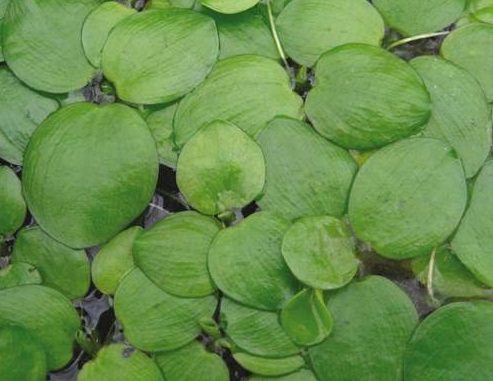
You must have seen the natural looking floating plants in the aquariums that enhance their beauty. Beside beauty purposes, these floating plants have many other uses. Before discussing those uses, let us tell you little about these eye catching beautiful plants.
As the name depicts, these plants float on the surface of the water in the aquarium. Why so? It is because these plants do not need the soil for their growth; they just spread through the water surface. Also, there are no special planting techniques required for these plants. What you need to do is just place the plants on the water and they will grow on their own.
Uses of aquarium floating plants
- One of the main purposes of the floating plants is to provide shelter to the fish. Many fish species prefer the shaded or densely planted aquariums where they can find enough shady space. This shade and cover is provided by the floating plants.
- The long roots of these plants act as a hiding area for the fish where they feel safe.
- Some of the fast growing floating plants also act as a food for the herbivore fish. Thus, it is the best option to grow these plants as it will prevent the shortage of food.
- The floating plants absorb the harmful ammonia, nitrates and other wastes keeping your fish safe and secure. These harmful waste products act as nutrients for the aquarium plants.
- The floating aquarium plants are extremely easy to grow and they require less maintenance as compared to other plants. Most of the plants don’t require special nutrients or extra lighting.
Aquarium floating plants come in large variety and you can make your selection according to your aquarium type and available space. Here we are listing some of the famous floating plants.
- Amazon Frog bit: This is the plant with long roots and beautiful rosettes. There are many reasons behind the popularity of Amazon Frog bit which include easy growing and maintenance, ability to tolerate wide range of temperature, great covering for the fish and many others.
- Salvinia Natans: It is a floating fern that have light colored leaves with small hair on them. The hair makes Salvinia leaves water resistant. If it gets sufficient amount of light and nutrients, then it grows at a quick pace. There is a shortage of micro nutrients in this plant which can be easily detected from the color of leaves. Salvinia uses the nutrients present in the water and also, prevent the algae on the aquarium surface.
- Water Lettuce: Water Lettuce grows beautiful long roots and big rosettes like Amazon frog bit. So, it is only recommended for the large aquariums as small ones will become messy with this plant. This floating plant grows at a very high rate and also blocks light. So, before choosing this plant, make sure that it will not affect the other plant species that require enough light. To keep water lettuce green, fresh and healthy, you should remove its dead leaves regularly.


